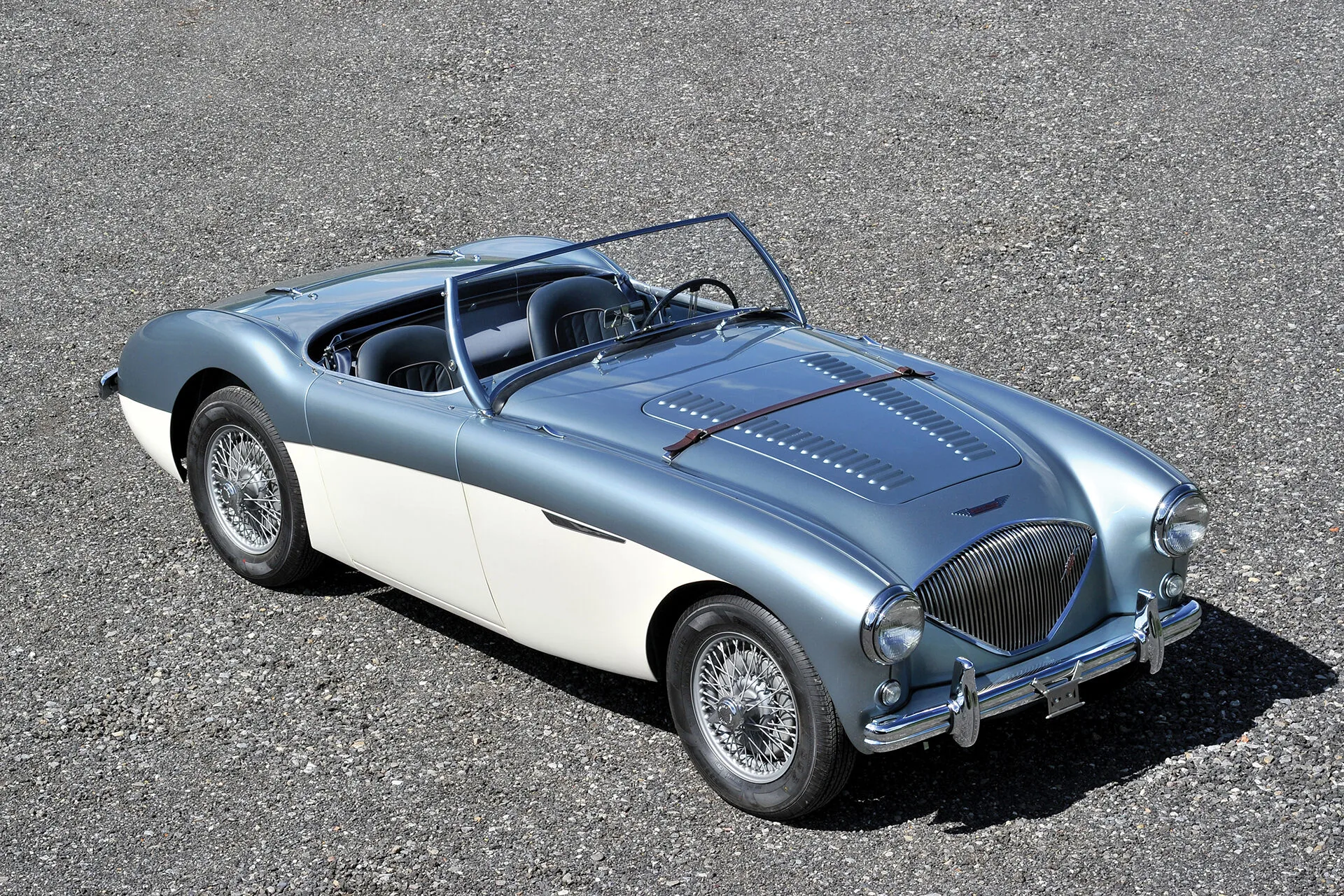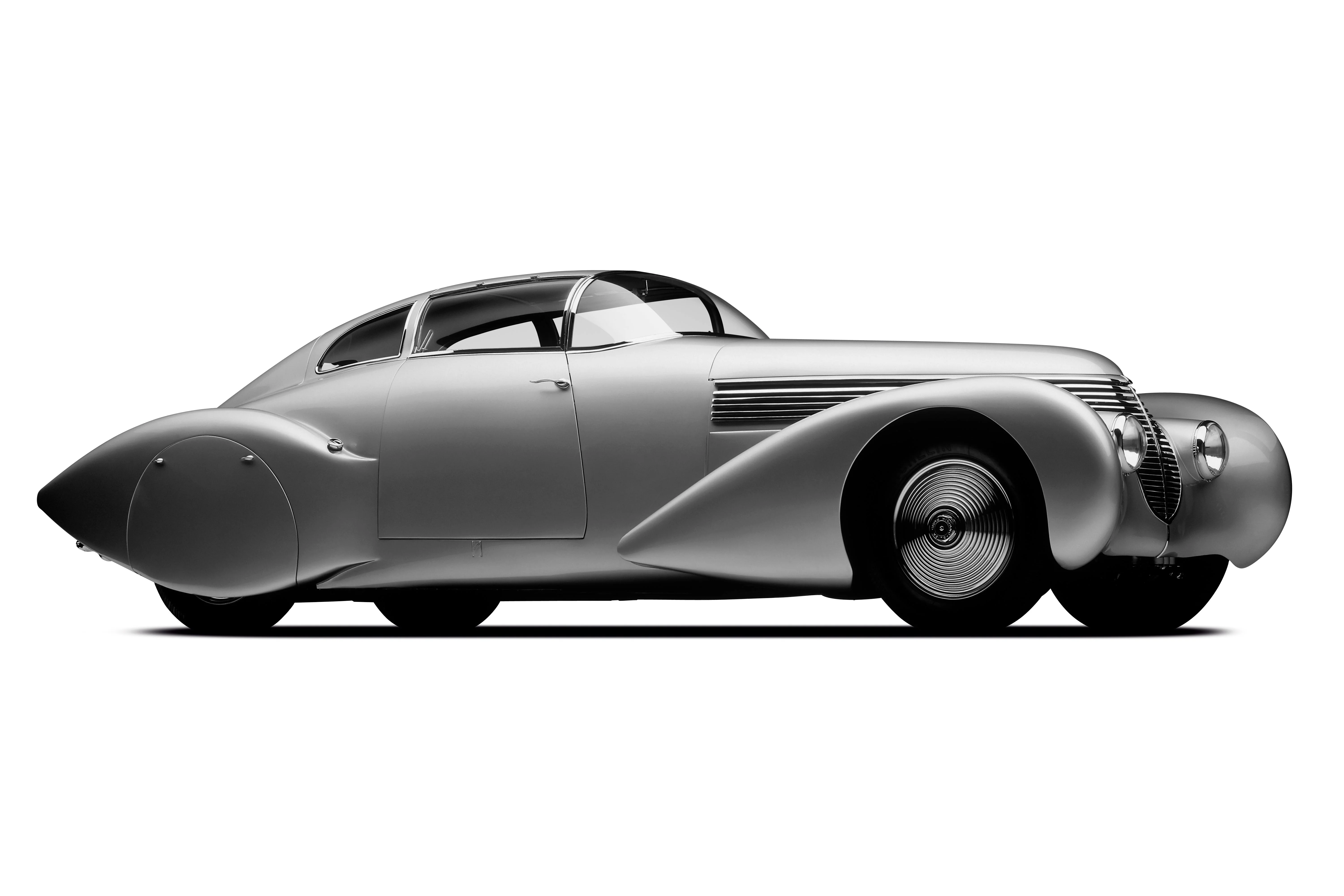The Nostalgia of Forgotten Gods: Austin-Healey, UK, 1952-1972
01 June 2024 2 min read 4 images

Photo credit: Bonhams, RM Sotheby’s, Wheelsage
The story of the Austin-Healey brand begins in 1952 when Leonard Lord, president of the Austin Motor Company, decided to partner with Donald Healey, a driver and engineer who had attempted to produce cars under his own name after World War II. The goal was to create quality small sports cars at a relatively affordable price, a dream made possible by the industrial support of the BMC - British Motor Corporation - owner of Austin. A 20-year agreement was signed.
Register to unlock this article
Signing up is free and gives you access to hundreds of articles and additional benefits. See what’s included in your free membership. See what's included in your free membership.
Already have an account? Log In


